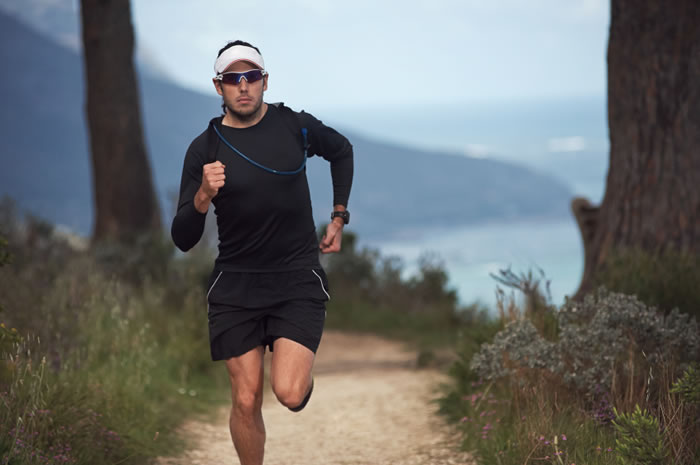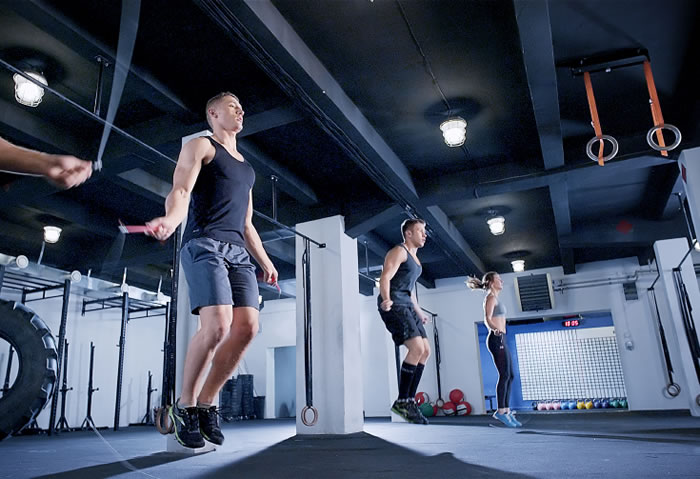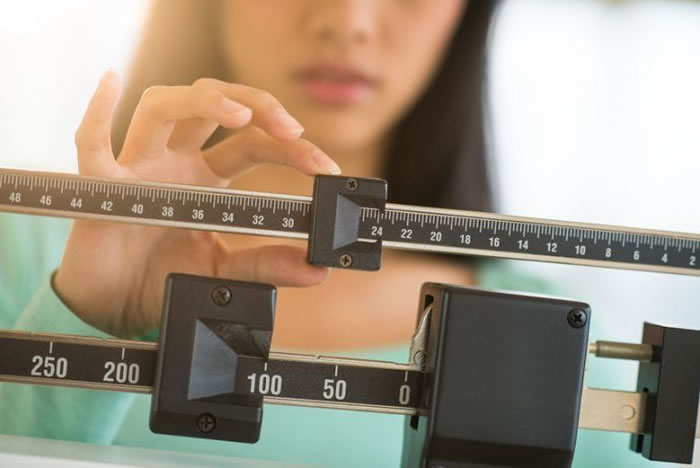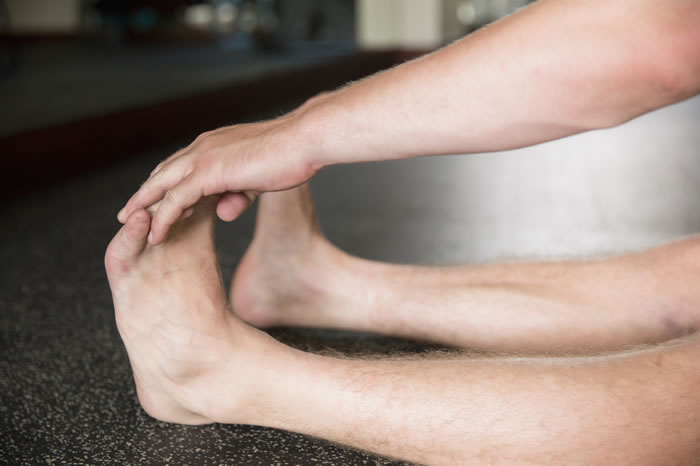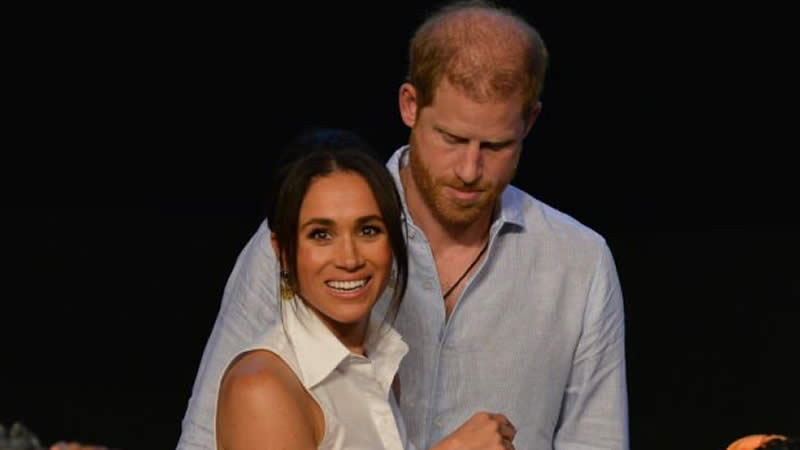How to Modify Your Fitness Regimen as You Age

Bodies feel different as they age. They start hurting in places you never thought was possible, energy depletes quicker, you gain weight easier, and the resilience your body once had, even a few years back, is now a distant memory. Let’s face it, your body can’t even handle alcohol the way it once used to. Aging is a funny thing, and it sure can’t be reversed. You don’t stay the same forever, which means, as your body ages, your health and fitness must change along with it. Aging doesn’t mean giving up exercise it just means keeping it relevant to what your body needs. Although this concept may seem obvious because the notion that your body gets weaker is a no-brainer, there are many that don’t think twice about strategically preparing their current younger self for their future older self. Gaining significant muscle mass now and losing fat may prepare you for the years ahead of losing muscle and gaining fat. (We’re looking at you, 40s and 50s!)
[contentblock id=1 img=adsense.png]
In your 20s
Your body is highly resilient in your 20s, making this the perfect time for adventurous workouts with your buddies. It’s the time when you can try new classes and run the marathon you’ve always dreamed of. You can go out and have 10 drinks then wake up and box the next morning, kind of. Your 20s are the years you’ll never get back, so take advantage of your young, resilient, and strong body because before you know it, you’ll be yearning for these years back. “Forming good habits when you’re in your 20s will be easier than if you’re trying to develop them when you’re in your 30s, 40s, or 50s,” says certified personal trainer, John Rowley, to Muscle & Fitness.
Read More: 10 Fitness and Diet Tips From Male
In your 30s
Your 30s require you to start a family and focus more heavily on providing for them via work, and that leaves little time to handle a workout routine. You may start to lose some muscle mass around this age, but all hope is not lost. Start weight training more intensely than you have before to keep your muscle around and prevent your metabolism from slowing down. Also opt for HIIT (high-intensity interval training) workouts which help burn the most fat in the least amount of time and are often more physically taxing than a long run. You won’t necessarily have all the time in the world at this age.
[contentblock id=2 img=adsense.png]
In your 40s
Your 40s is when life really bites you in the butt. Your metabolism comes to (almost) a screeching halt and you start gaining weight around your midsection. Not to mention at this point in your life, you’re too busy dealing with mundane work and unruly teenagers to have a concrete fitness plan like you once had. Plus, fat around your midsection is dangerous because it can lead to heart disease. This is not only a crucial time to change your fitness regimen to something more cardio-based but also a time to pay attention to potential health issues. Add some moderate intensity cardio three to six times a week for about one hour each session to help improve your sleep, relieve stress, and make you happier, as well as prevent weight gain.
Read More: 10 Fitness Mistakes to Avoid
In your 50s
Focus on flexibility. Whether you are 30, 40, 50, or somewhere in between, this is a crucial step in protecting yourself as you age. So long are the days when you’d run sprints at sports practice, not stretch, and wake up better than ever. Say hello to the days where walking up the stairs can make your legs stiff and sleeping the wrong way can entirely throw your back out. Even if these symptoms haven’t hit you yet, flexibility should be at the forefront of your mind as your age creeps up. If you feel up for it, and your former years have prepped your body well, keep maintaining cardio and strength training. Also try pilates and yoga to keep flexible after 50. These two workouts are easy to modify and will keep your muscles sharp.
[contentblock id=3 img=gcb.png]
In your 60s, 70s, 80s+
Strength and muscle tone decreases significantly during these years. Although it’s not unheard of for people to thrive athletically in their later years, it isn’t the most common thing out there. Weak muscles affect balance, potentially causing falls. There are so many low-impact exercises for those of this age, such as swimming, cycling, walking, and water aerobics. No matter how old or debilitated you think you may be, it never hurts to get out there and do something healthy for your body. “Exercise just might be the best anti-aging medicine there is,” says Cathe Friedrich, fitness instructor and personal trainer, on her website. “With proper planning and modifications to your exercise routine, there’s no reason why you can’t continue training in some capacity for the rest of your life.”
